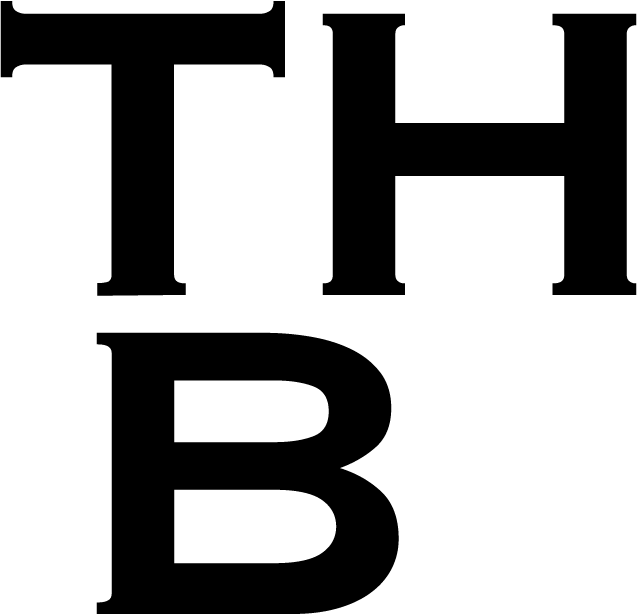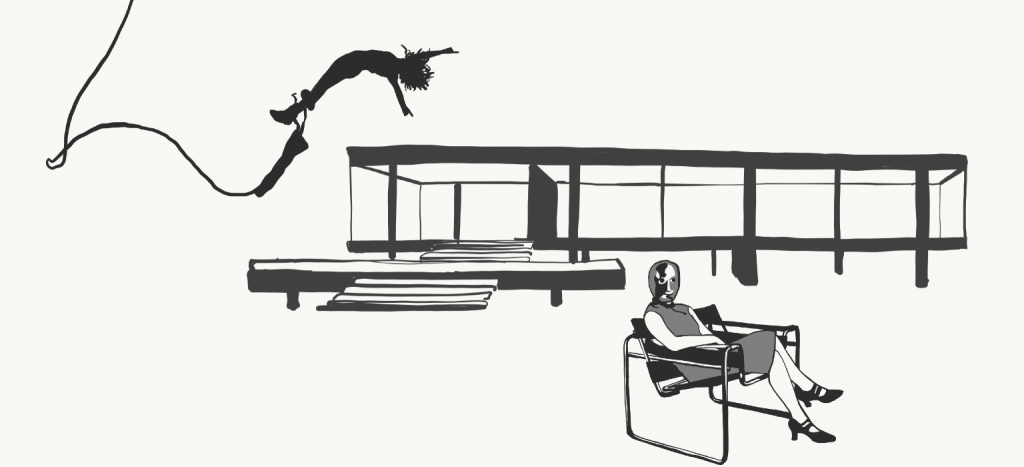
On learning through creativity
A year ago I quit the position of director of education in a renowned international fashion school to go solo again. I wanted to be able to develop my thoughts regarding higher education further and to do so in a more independent manner. I needed the freedom and the assurance to be able to make my own decisions at work (Thomas, 2009).
During the sanitary crises, I started a blog as a tool to better exchange with my team and network. I always naturally reflected on colleagues’ ideas and experiences. The blog broadend that opportunity. I posted monthly conversations focusing on a variety of thoughts and the individuals having them. The results are part of my current consulting work and have deeply informed this paper.
At first I was puzzled. I could see myself as a designer, an educator, an academic, an entrepreneur or an accountant. These “descriptors” are somehow part of my resume.
What am I?
I now understand that I am at least three of them simultaneously most of the time. I saw that creativity is learning, whilst helping to learn is being creative. Multitudes have always been my steady baseline, whatever I was doing. Most of the thoughts and ideas passing through my mind, are a direct result of active and conscious participation in other people‘s experiences and knowledge.
My daily application of design thinking has naturally led me to follow the reflection theory of Brookfield. His proposition of four complementary lenses, to test one’s assumptions in a constant critical reflective practice (Brookfield, 2017) is close to my practice. In an analytical paradigm, we simply solve for the missing number. In a design paradigm, however, the solution is not locked away somewhere waiting to be discovered but lies in the creative work of the team (Brown, 2009, pp. 41). As Brookfield’s four lenses, a team reflects differing and sometimes opposing images of who or what we are or do (Brookfield, 2017). Similar to an ophthalmic refractometer, measuring how light is changed as it enters somebody’s eye, I am steadily aligning lenses, to get an accurate prescription to develop an idea. This process helps to see clearly, never mind the glasses.
I don’t like simple solutions. I prefer a right, maybe unconventional, approach to solve constraints. The mark of a designer, as the legendary Charles Eames said often, is a willingness to embrace constraints (Brown, 2009, pp. 17). I think that the same willingness applies to teaching, which logically means learning.
This paper elaborates an idea by aligning multiple thoughts. An idea envisioning an academic environment where learning makes a shift to creativity, defining creativity as the secret formative power in all of nature, to which humans can connect (Ouwens et al, 2020, pp. 210).
On how I learn
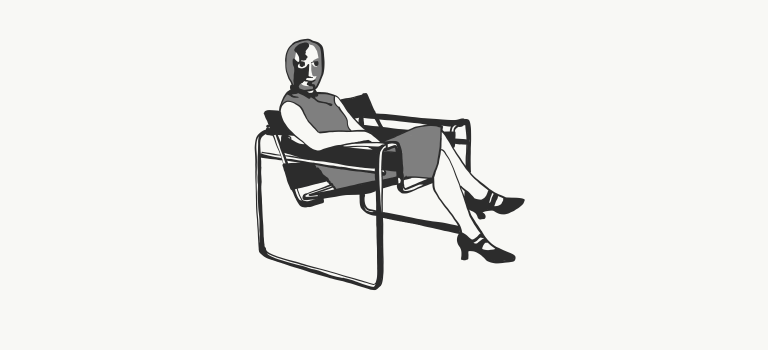
It is funny how I came to work in higher education, as my professional experience covers multiple areas and my career is everything but linear or steady. I aspired to become an architect, as I was more into envisioning ideas, rather than building things. Regrettably I graduated with an apprenticeship degree in accountancy, after multiple attempts to finish high school in Switzerland failed miserably. Only then was I allowed to enroll into a fashion design programme to get a BA honours degree.
My upbringing in a house being fond of the innovative teaching of the Bauhaus, my education in a Montessori kindergarten, or attending a primary school with Rudolf Steiner’s ideals, have clearly shaped how I learn: with emotions, from movement and by doing. I am often consciously and unconsciously following Kolb’s experiential learning theory.
Later, I was working as a designer and finally founded a consultancy company in Paris. Somewhere along that timeline, I joined the higher education community.
As a result of my rather difficult relationship with schools, as a student, I was never looking at education as a possible career path, nor did I consciously plan to tutor. I always saw myself as a designer popping into a classroom, trying to share industry experience and aesthetic points of view. I was similarly creative with students, as I would have been with peer designers. There wasn’t a noticeable difference between a classroom or my studio. I wasn’t reflecting on teaching and learning theories either. I followed my creative instincts, with the awareness of learning as much from students, as I was teaching them. I understood right at the beginning that teaching was learning.
As a rookie tutor, I never felt a prevalence of a systemic, rational and analytic effort covering my creativity (Camplani, E. 2005. Interview for Università IUAV di Venezia, Venice). I delivered my classes in an auto-focused way: I did what I would have liked, if I were the student. I acted as the mentor I so desperately needed during some of my times of doubt. I started with, what one could call me-as-a-student-centred teaching and moved on from there. My approach has always been student-centred, switching from a past, autobiographical paradigm, to one that is far more inclusive and „of now“.
When offered the position of Director of Education, I knew that things would be fairly political and challenging. I sold my company to work full time in higher education.
My inherited academic department had certainly seen better days: The validating university threatened to review the accreditation, students’ satisfaction and staff‘s morale were at a low, and budgets mostly in red. Students’ work, course architecture and pedagogy lacked creativity and direction.
Rather than trying to fix existing things, I saw a possibility to develop an idea that has since gone through multiple phases, never letting me go:
The Idea of Learning through Creativity.
On creativity and a school of trust
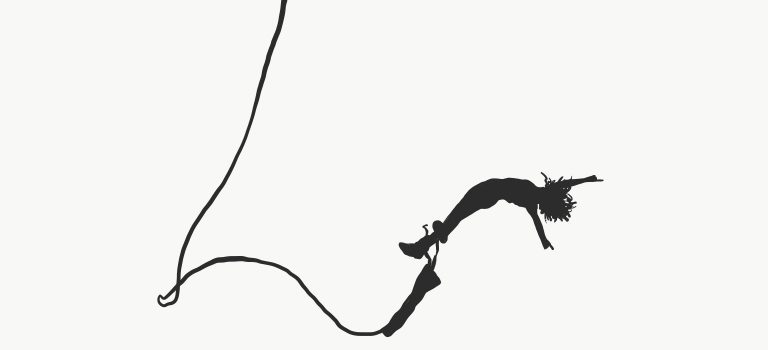
The most important foundation for creativity to work is a culture of trust. None of the needed discussions, exchanges and collaborations between students, faculty and administration will ever happen or lead to change without the existence of genuine trust.
I transposed Frances Frei and Anne Morriss’ (2020) research on trust in leadership to education (Brigger, 2021). They demonstrate that trust isn’t abstract, monolithic or very difficult to establish. Their research shows that it is always based on three intertwined parts: Authenticity, Logic and Empathy. Each of those is singularly actionable (Frei, Morriss, 2020).
As a consequence tutors need to assure two sides of authenticity. Firstly, we need to be “auto-authentic”. Secondly, we need to let students be themselves and as authentic as they come.
Tutors need to be credible. Unfortunately, we often find ourselves “lost in logic” or ”lost in translation”. On one hand, we may not be very logical or rigorous, but able to tell an amazing story. On the other, we may actually have a very sound and rigorous logic, but struggle to communicate it clearly. Both situations make teaching suspicious, even ineffective. As design has resourcefulness and inventiveness (Moholy-Nagy, 1947, pp.42), an appealing and academically sound learning experience exists through substance (the real logic) and style (the story telling).
Being empathetic is very hard. We need to be fully aware and present to the needs of students at all times. Switchtasking (Crenshaw, 2008) between a student’s and our proper interests (eg. phone, overhead projector) immediately challenges the empathy towards the other, destroying all possible trust (Frei, Morriss 2021). It may be better to “be in front of people“ less often, but to be present 100% and fully empathetic (Brigger, 2021).
Trust leads to transparency, a different understanding of hierarchy and new learning objectives. These changed perspectives require new approaches, a reorganisation. Learning through Creativity needs a culture of trust, as it is about helping students to develop their most intimate and human skills, where tutors and students engage in active listening, collaborating, stepping outside their comfort zone, and being more confident (Barbieri, P. 2021. Interview with T. Brigger. 20th July, Online.).
In the words of Carol Dweck (2017), “there are only two ways to parent and one is the right way. You either prepare the path for the child or prepare the child for the path.”
The first way is creating imagined paths for students to follow. This might work for linear careers of the old days: School, university, fourty years of work and a glamorous retirement. It is in no way acknowledging pathways, deviations or eccentric slalom careers. It reacts and is therefore often late.
The second and right way prepares students for a multitude of paths, including failures. They trust themselves, thriving in the absence of guidance, of a clear direction and in the presence of aggressiv change (Brigger, 2021).
On creativity and the school “of now”
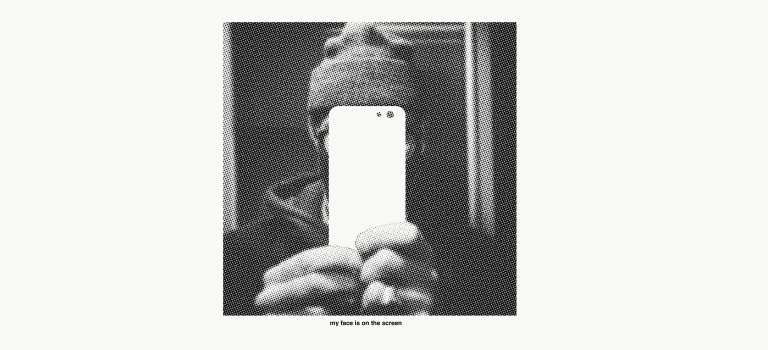
In an article titled “Lifelong learning is becoming an economic imperative”, Andrew Palmer (2017) states that technological change demands stronger and more continuous connections between education and employment. It seems that current curricula in higher education are not in line with the needs of the future job-market.
In “Long Life Learning”, Michelle R. Weise (2021, pp. 16) cites T. Johnson saying that higher education really is a preparation for life and not training for the first job. I will not open a debate on principles like education versus training or the separation of teaching and scholarships as an enterprise distinct from vocational training (Weise, 2021, pp. 16). I am a result of both worlds, having gone through a vocational apprenticeship, in order to be able to attend university. Lifelong learning can not only happen in university, in an academic vacuum. It concerns people everywhere, during their entire lifespan.
It is undeniable that students and parents turn to universities for work reasons. I fondly remember the visiting parent’s burning question: Is my child going to find a job? As Dweck (2017) explains, they wanted us to prepare the path. Students on the other hand were often different. Growing up in a world of gig-economic uncertainty, they were already well aware of the difficulty of a guaranteed stable work position. They wanted to get the preparation allowing them to win the upcoming battles on the unknown path.
In today’s new work environment Learning through Creativity might be in part an answer to a shift into never seen fluid combinations of human skills and different applications of technical knowledge, so called human-plus skills, leading to hybrid jobs (Bersin, 2017). A “novelty” in the business world, designers have always been the outriders of this trend for as long as I can remember: Hybrid jobs do not lend themselves to static descriptions and simple job titles. They require technical, industry, managerial, and integrated thinking skills; often even skills in communication, persuasion, and teamwork (Bersin, 2017).
In addition to the unspecialised and hybrid job profiles with fluid skill sets, the creative sector is likewise experiencing a vast amount of cultural appropriation or up-cycling of products, information and knowledge. These clever propositions are often not typical scholarly knowledge, but something else. Providers of higher education need to find coherent approaches on how to transmit the scholarly old-school knowledge, while keeping up with its younger, more contemporary cousin (Laugero, N. 2021. Interview with T. Brigger, 28th April, Online.).
For Nicolas Laugero (2021. Interview with T. Brigger, 28th April, Online.) Learning through Creativity only works, if a personal equilibrium between, on one side essential theoretical knowledge (eg. the existing curriculum), and the indispensable competences and skills on the other, are transmitted .
It is understandable that no academic institution, private or public, can afford to radically reinvent their entire offer or rewrite all curricula in one go. Even within a working culture of trust, such a rearrangement entails profound challenges to the basic functioning of a school’s key purpose. It is hard to stop doing what one has always done; ask the tough questions; and challenge the status quo (Daszko, 2018, pp.86).
Patrizia Barbieri (2021. Interview with T. Brigger. 20th July, Online.) therefore proposes to slowly shift curricula towards tailored education. Consequently, education should be delivered according to each student’s progress, strengths and weaknesses, interests and motivations, personal preferences, and goals. Learning Through Creativity needs to be taught as a participative, active and steadily updated physical experience that is applicable to and in real working life environments. Learning and work are becoming inseparable (Weise, 2021).
Even with the aforementioned shift towards an innovative curriculum, a “creative school” can maintain a clearly structured, existing programme providing basic knowledge and skills, while adding specific subject boosts or add-ons, according to the student’s personal interests and needs (Barbieri, P. 2021. Interview with T. Brigger. 20th July, Online.).
Teaching through Creativity is based on two important things:
Firstly, programmes, lessons and their delivery need to be hyper current and updated steadily without ignoring what has come before (D’Orazi, D. 2021, Interview with T. Brigger. 24th June,Online). If design cannot be disconnected from the values and assumptions in which it was created (Pater, 2019), neither can education or curricula.
Secondly, those curricula have to be rethought in a logically fragmented way. In today’s hyper-individualised world of diversity and inclusivity, one size does not fit all anymore. Traditional academic itineraries or specialising pathways have somehow become obsolete. We should therefore start to experiment with micro-courses and micro-experiences. Daniele D’Orazi and I actively work on a curriculum structure alternating courses of eight months on a major subject, with two/three-month intensive courses, covering real and actual needs and trends of the time, as well as on the student’s talents and inclinations. I completely agree with him that in order to learn marketing or branding today, it is paramount to also study sociology, philosophy and psychology. Teaching acting in a theatre also enhances skills like public speaking or content creation (D’Orazi, D. 2021, Interview with T. Brigger. 24th June, Online).
On creativity and school as a space
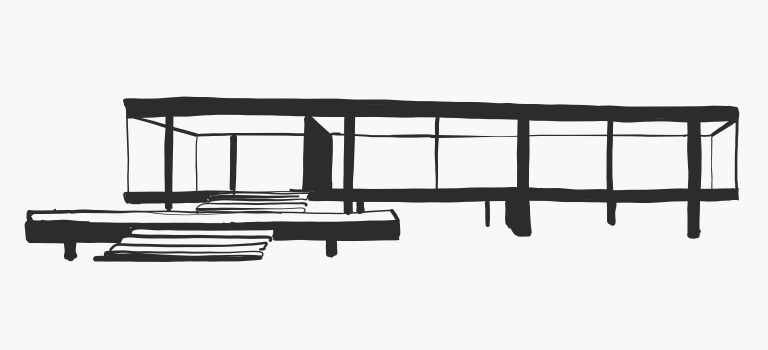
The adding of specific creativity boosters, within an academic culture of trust, sooner or later impacts the school as a physical and social place. Schools should be thought of and run as cultural hubs, with rooms in multiple shapes and with different capacities. Creativity does not need classrooms with overhead projectors. Let’s envision 24/7 multitaskable and interchangeable spaces for everybody: Rooms being used as students’ study space and as managers’ meeting areas. This spatial concept, already largely used in office design, would augment the collaborative atmosphere and physically flatten the hierarchy, decreasing the “fear” of administrational offices. It would also entail a solution for scheduling bottlenecks, resulting in substantial cost reductions.
Marc Drillech (2021. Interview with T. Brigger, 25th May, Online) started to reorganise his schools in a similar direction, changing the meaning of what education could be. “We profoundly believe that a school is not only here to pass on knowledge, quite the contrary, but to shape individuals,” he mentioned during our conversation. “Education is personal, collective, humanistic and quotidian. It is made up of exchanges, mobilisations and projects. (…) It is first of all a system based on exchange (Drillech, M. 2021. Interview with T. Brigger, 25th May, Online).” Learning through Creativity is about discovering, acknowledging and hopefully understanding different perspectives, about not being afraid to reach out and to take advantage of one’s diversity (Barbieri, P. 2021. Interview with T. Brigger. 20 July, Paris.).
Working in such a holistic space will also evolve the position and tasks of the tutor. The teacher’s role will change from that of an entertainer, of communicator of knowledge, and manager of class to that of an educational director. In the new situation the teacher works from a position of equality (Ouwens et al, 2020, pp. 17). In the schools “of now”, being creative has to be learnt through contradiction, through curiosity and through discussion (Drillech, M. 2021. Interview with T. Brigger, 25th May, Online). Tutors are Leading Learners, as Ouwens et al (2021, pp. 210) call them in their No-School Manifesto. If those Leading Learners take on a more socratic position of permanent self-reflection and doubt, learners (students) will reciprocaly take on more responsibility for their own learning. They both impartially coach each other from different sidelines. As with most sports, coaches are not allowed on the field, in education too, one can not “just stomp onto the pitch” to help out.
Learning through Creativity is more complex than someone telling somebody else where to go, what to do or how to think. Like learning by doing in real life, Learning through Creativity in a school is an active experiential environment, where students as well as tutors are part of the learning process.
Coming to school to drop off a lesson and leaving right after, makes the tutor a simple and interchangeable employee (Drillech, M. 2021. Interview with T. Brigger, 25th May, Online). This is the complete opposite of what German philosopher Richard David Precht (2015) proposes. For him a tutor’s work is equivalent to that of an artist, a social artist. He claims that a lesson should be closer than ever to an artistic performance. To be a contemporary tutor and in order to be allowed to practice, one should attend art school. According to Precht, only like this can one understand what real creative exchange, research and open mindedness look like. Although feeling close to his ideas and having attended art school myself, I would not go this far. I certainly understand what he means, as I have personally suffered from unempathetic tutors and their narrow minded expertise. That was in art school! Precht proposes an artistic approach to teaching, for people who prefer not to teach; or learning, for people who prefer not to be taught (Bayerdörfer, Schweiker, 2018), quotes from an amazing teaching manual written by a group of artists, not tutors: According to them a printed reminder of their impractical ideals (Bayerdörfer, Schweiker, 2018, pp. xvii). I can only hope that a certain impracticality, due to creativity, through trust and transparency, will become a new academic norm very soon.
We are certainly at the beginning of a revolution that will be characterized by an actual continuous learning cycle, growing risks of quick obsolescence of competencies and practice, as well as an ever growing strategic responsabilisation of education and training (Drillech, M. 2021. Interview with T. Brigger, 25th May, Online). I am trying to find my way in all of this, without calling it a solution. My way towards Learning through Creativity is still long, unconsciously touching on the myths of sisyphus and icarus simultaneously: Repeatedly flying too close to the sun, while being damned to try it again and again. Similar to Tim Brown (2009, pp. 17), I know that predictability leads to boredom and boredom leads to the loss of talented people. As learning is a lifelong, life changing experience, I would like to render it everything but boring for students and tutors, including myself. I think we are all worth the try.
References :
Barbieri, P. (2021) Interview with T. Brigger. 20th July, Online.(Online) (accessed on 11th September 2021): link
Bayerdörfer, M. and Schweiker, R. (2018) Teaching for people who prefer not to teach. AND publishing, cover and pp. xvii.
Bersin, J. (2017) ‘Google for Jobs: Disrupting the Gigantic Recruiting Market?’ LinkeIn Pulse. (Online) 25th May (Accessed 7th September 2021): link
Brigger, T. (2021) ‘In education we trust.’ Personal blog.(Online) 4th February (accessed on 11th September 2021): link
Brigger, T. (2021) ‘On trust and arcade gaming.’ Personal blog.(Online) 25th February (accessed on 11th September 2021): link
Brookfield, S. D. (2017) Becoming a Critically Reflective Teacher. 2nd ed., Jossey-Bass Publisher.
Brown, T. (2009) Change by Design. 1st ed., HarperCollins Publishers, pp. 17 and 41.
Camuffo, G. and Casarotto, S. (2005) Please teach me. Università Iuav di Venezia, facoltà di Design e arti, pp. 22.
Crenshaw, D. (2008) The Myth of Multitasking: How “Doing It All” Gets Nothing Done. 2nd ed., Jossey-Bass Publisher.
Daszko, M. (2018) Pivot, Disrupt, Transform. Diversion Books, pp. 86.
D’Orazi, D. (2021) Interview with T. Brigger. 24th June, Online.(Online) (accessed on 10th September 2021): link
Drillech, M. (2021) Interview with T. Brigger. 25th May, Online.(Online) (accessed on 09th September 2021): link
Dweck, C. S. (2017) Mindset. 6th ed., Robinson / Little Brown Publishing.
Frei, F. and Morriss, A. (2020) Unleashed: The Unapologetic Leader’s Guide to Empowering. Harvard Business Review Press.
Thomas, K. (2009) Intrinsic Motivation at Work. Berrett-Koehler Publishers.
Laugero, N. (2021) Interview with T. Brigger. 28th April, Online. (Online) (accessed on 11th September 2021): link
Moholy-Nagy, L. (1947) Vision in Motion. Paul Theobald & Co, pp.47.
Ouwens, I. et al (2020) No School Manifesto. Valiz Publisher, pp. 17 and 210.
Pater, R. (2019) The Politics of Design. 5th ed., BIS Publishers, pp. 2.
Palmer, A. (2017) ‘Lifelong learning is becoming an economic imperative.’ The Economist. (Online) 14th January (Accessed 9th September 2021): link
Precht, R. D. (2015) Anna, die Schule und der liebe Gott, 5th ed., Goldmann Verlag.
Weise, M. R. (2021) Long Life Learning. John Wiley & Sons Inc., pp. 16.
